Cuckoos: An absurd little bird
Parasitic creatures with murderous and greedy offspring they may be, yet the prospect of no annual competition to hear the cuckoo’s first call is a bleak one, believes Claire Jackson
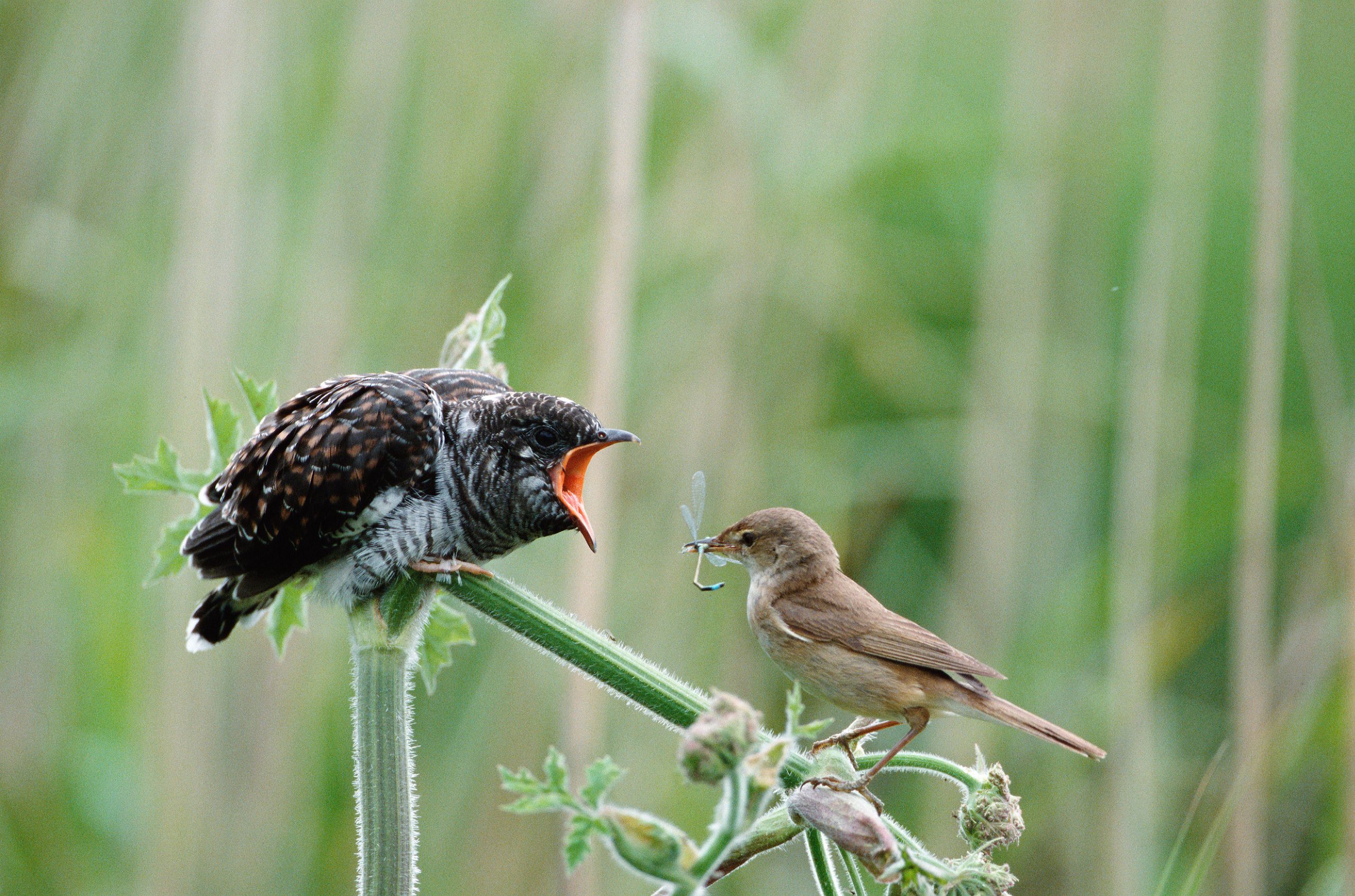

The sketched landscape receives its first wash of colour. As brimstones awake and buds blossom, a large grey bird appears, seemingly from nowhere. It perches on a fence post in the field, surveying its new quarters. From a distance, it could be a kestrel or a sparrowhawk, but the call gives him away: the open bill emits a ‘cuck’—there’s a fleeting pause—and then the beak closes for the following ‘oo’.
The onomatopoeically named bird has been a harbinger of spring in Britain for centuries. Its cry (produced only by the males) is reflected back in our own music. It is an iconic part of the woodland soundscape, highly anticipated as an indicator that we’ve survived another winter.
But it’s not only the cuckoo’s calls that fascinate. Although thoughts of the bird herald lighter, brighter days for many—‘Summer is a-coming in, loudly sing cuckoo!’—it is a warning for meadow pipits, dunnocks and other birds whose nests the cuckoo will parasitise. As the UK’s only regular brood interloper, the cuckoo’s behaviour is endlessly intriguing and has long been immortalised in art, literature and language.
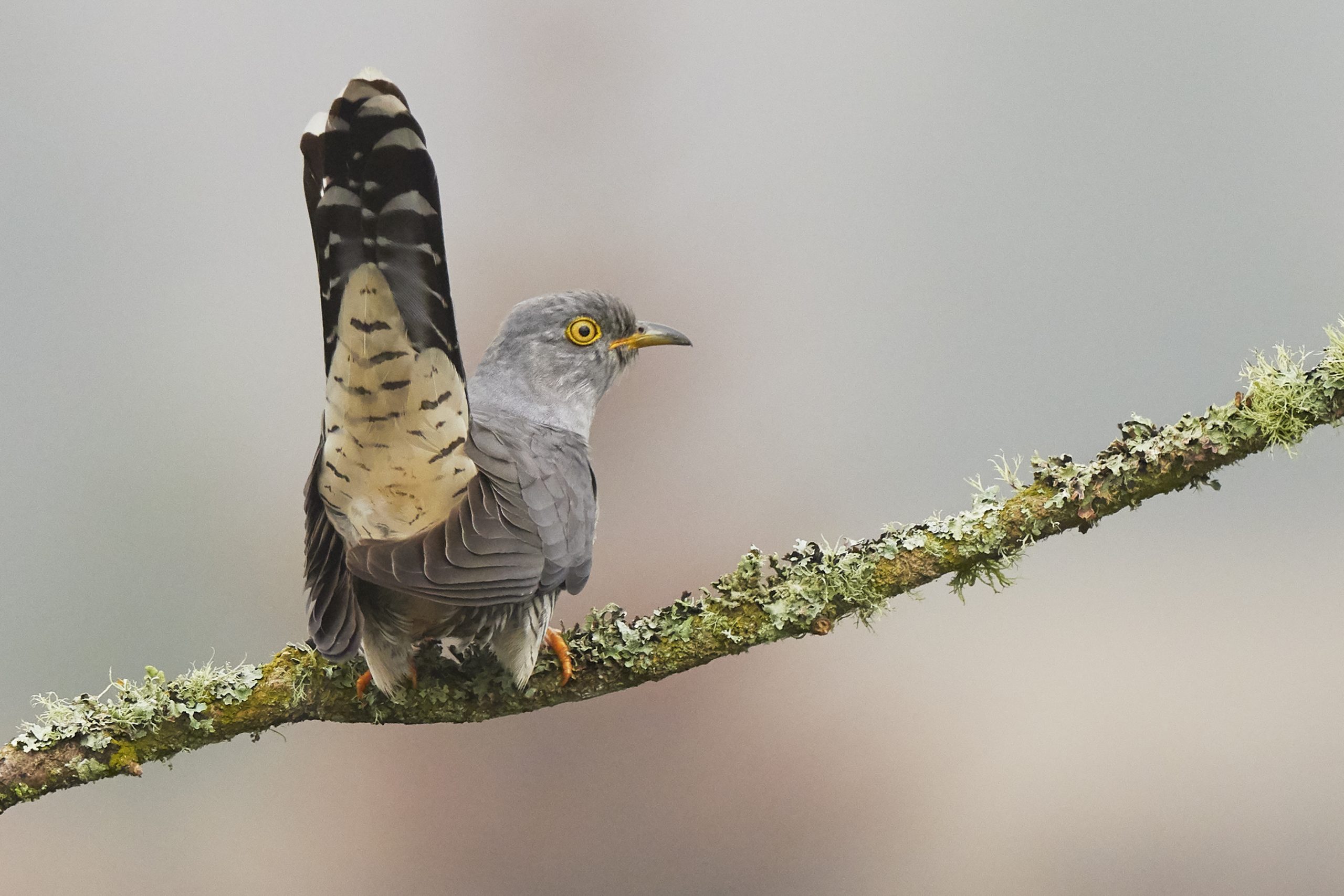
The cuckoo’s comings and goings were a source of mystery for our ancestors, who developed various theories to explain the birds’ brief appearance. ‘It took us thousands of years to work out where these birds were going—and, in some ways, the truth is more fantastical than fiction,’ says Guy Anderson, one of the RSPB’s experts in migrant species.
‘For a long time, people thought they hibernated or changed appearance. If you compare that with the reality—that birds fly across the world—then their theories don’t seem unreasonable. Eurasian cuckoos are one of our long-distance migrants; they spend part of the year with us and the rest of their lives in tropical Africa, in places such as the Congo basin. We know them as countryside birds, but, for a good chunk of the year, they live in rainforests with elephants and chimpanzees.’
Their short stay prompted Jane Taylor (1783–1824), author of Twinkle, Twinkle, Little Star, to diarise on the cuckoo’s behalf:
In April, I open my bill.
Sign up for the Country Life Newsletter
Exquisite houses, the beauty of Nature, and how to get the most from your life, straight to your inbox.
In May, I sing night and day.
In June, I change my tune.
In July, far, far I fly…
In August, away!
I must.
The words were set to music by Benjamin Britten, who, like composers before him, couldn’t resist replicating the birdcall in his piece for children’s choirs. The clarinet has often been used to mimic the cuckoo’s distinctive timbre, most famously in Saint-Saëns’s The Cuckoo in the Depths of the Woods from The Carnival of the Animals, where the clarinettist is cast off-stage to add authenticity (you’ll most likely hear a cuckoo before you see one).
Other works, such as Beethoven’s Pastoral Symphony, take a similarly observational approach, as does Delius’s dewy On Hearing the First Cuckoo in Spring. Other composers have used the rhythmic motif and planted it around the orchestra: in the first movement of Mahler’s first symphony, the cuckoo call is echoed by brass, strings and percussion.
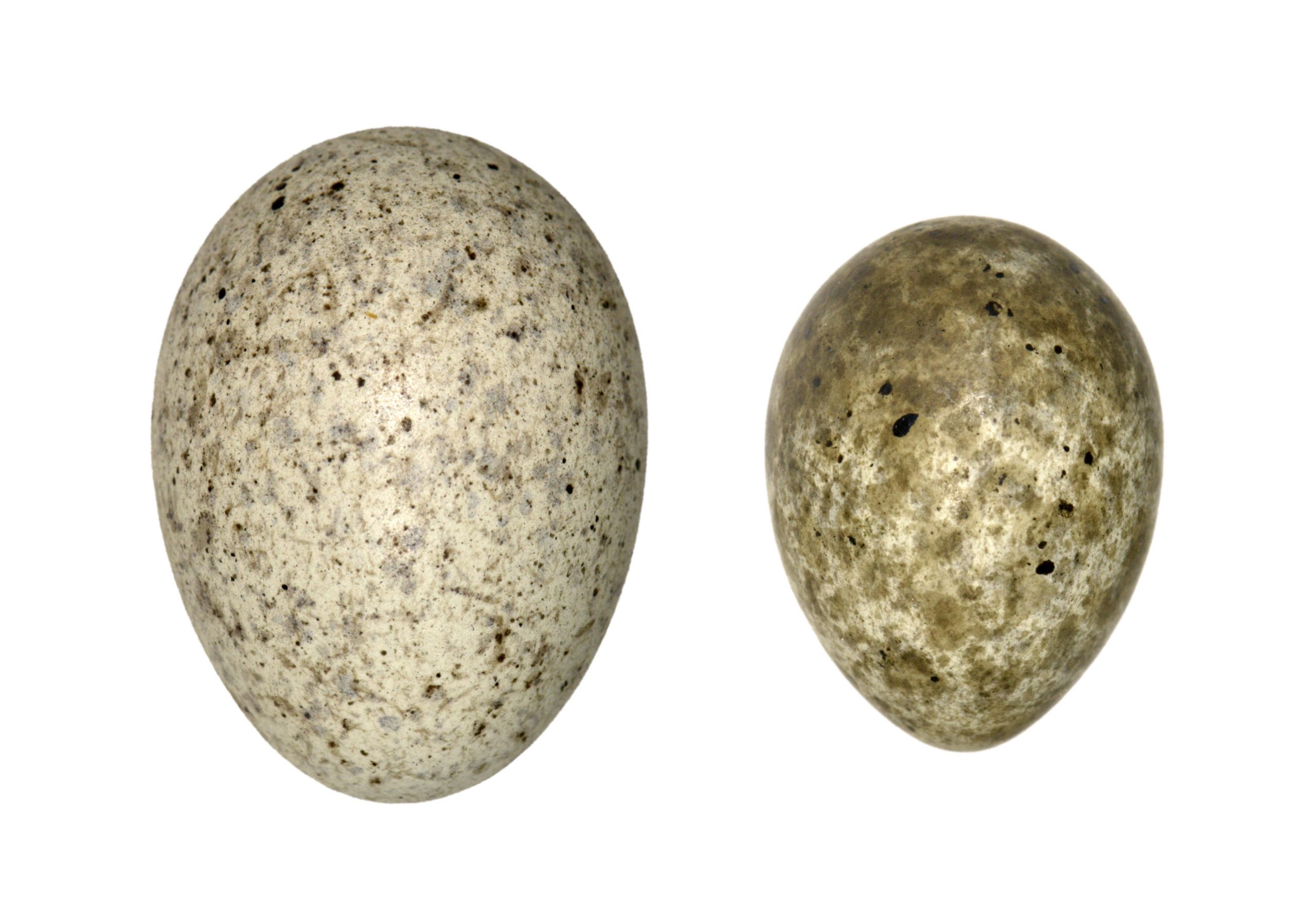
The cuckoo’s departure is due to its notorious breeding behaviour: eggs are laid in a host nest and, as the foster parent gets busy feeding the chick, the adult cuckoo is free to return to warmer climes. The sound of the last cuckoo call is as notable as the first. Surrey’s Dockenfield newsletter (www.dockenfieldpc.org.uk/newsletter), edited by Michael Foster, runs a ‘Cuckoo Clock’ that tracks calls throughout the village. Last year’s spring edition noted a ‘cuck-oo’ as early as February 26, with a flurry of reports for April and a final call documented on June 6.
Cuckoo tracking is not always straightforward, however. In 1913, one Mr Lydekker informed The Times, which published ‘first cuckoo’ correspondence until 1940, that he had heard the call on February 4—only to have to write again, eight days later, to inform readers that the note had in fact been uttered by a neighbouring trickster.
A more reliable way of enjoying the cuckoo’s dulcet tones is via a cuckoo clock, where the hour is marked by the call of a model bird. These clocks were first developed in Germany’s Black Forest and were traditionally wooden with a mechanical clock movement (one day/eight day)—but contemporary designs come in all colours, shapes and sizes.
Once the cuckoo has scoped out a suitable nest—generally those of dunnocks, reed warblers and meadow pipits—she waits until the host has laid the first egg. Then, she deposits a single egg, which she lays extremely quickly, usually later in the day. In Cuckoo: Cheating by Nature, Nick Davies references a letter submitted to Country Life in 1922, which described how a cuckoo had flown into a nursery one sunny afternoon, been brought outside, flown onto the shoulder of the writer’s daughter and laid an egg that fell, unbroken, to the ground.
It seems that the bird had been intending to lay in a wagtail’s nest near the nursery window, but, deterred by a game of tennis, missed her mark. A few days later, the wagtail nest was checked and it contained a cuckoo’s egg—it was presumed to be from the same bird (cuckoos will lay up to 25 eggs).
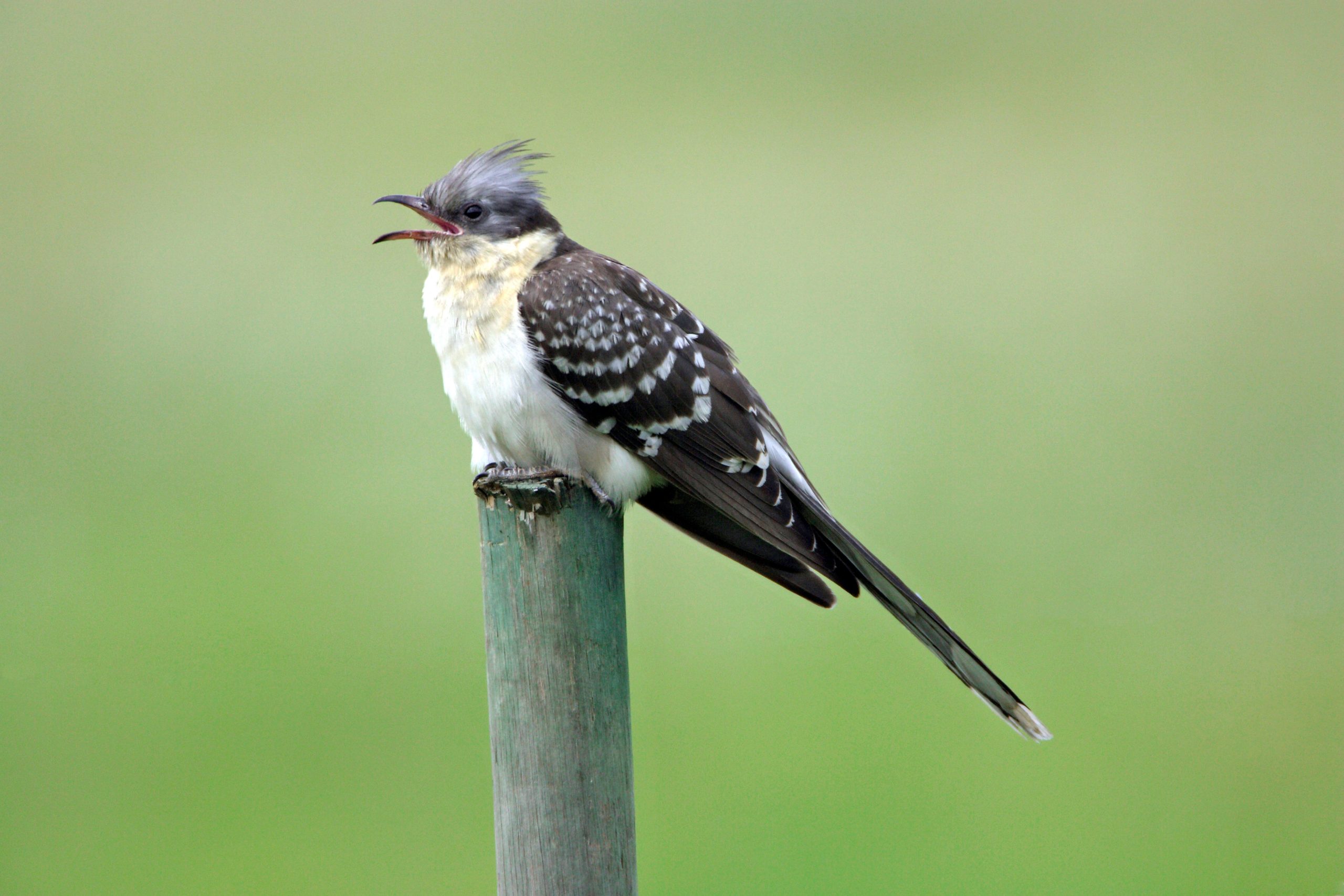
This charming anecdote reveals how resilient cuckoos (and their eggs) can be. As well as having thick shells, cuckoo eggs mimic the colour of those of their hosts. The cuckoo chick requires a shorter gestation period, so that it hatches before its nest mates, then evicts the remaining host eggs (‘The feathered home-wrecker’, April 1, 2020). For added evolutionary zeal, the cuckoo has developed an enormous orange gape, ensuring that host parents work around the clock to feed it.
That’s not to say that the host parents blithely accept their fate. Species such as the spotted flycatcher will reject eggs that do not look like theirs—but this has meant that cuckoos have mustered more complex egg mimicry. ‘An arms race has evolved between cuckoos and hosts so that cuckoos are more sophisticated in the way they parasitise a nest—and hosts have evolved better ways of spotting it,’ explains Dr Anderson. This is known as the ‘Red Queen’ hypothesis, after Lewis Carroll’s Through the Looking-Glass, where Alice and the Queen run together, but never travel (‘Here it takes all the running you can do to keep in the same place’).
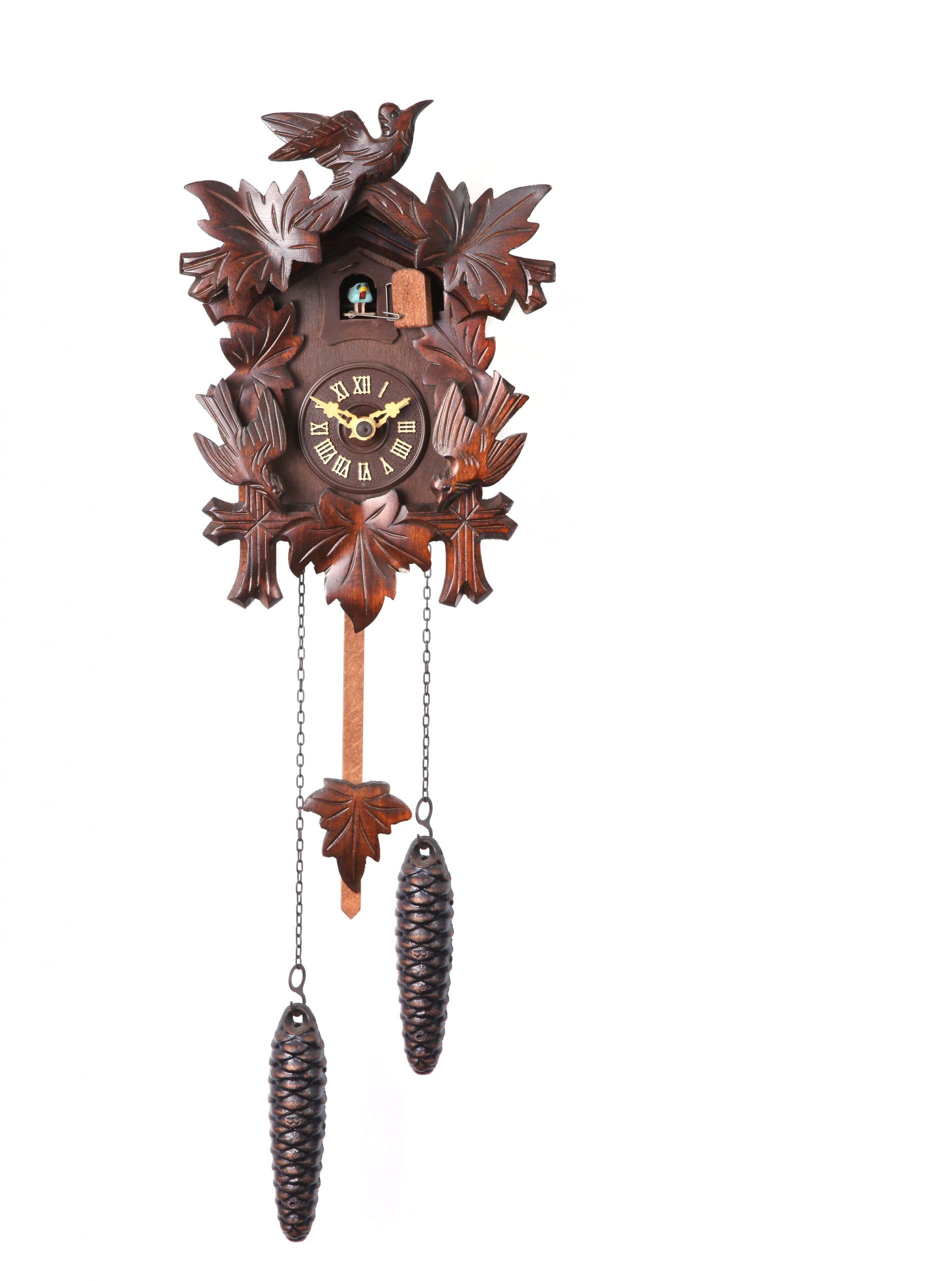
Yet host defences are no longer a cuckoo’s singular concern. ‘Once they arrive in Britain, cuckoos rely on slow-moving, large invertebrates as their main food source, particularly hairy caterpillars,’ advises Dr Anderson. ‘That group of moth and butterfly species has shown big population declines in recent decades, so the cuckoo is being restricted to a narrower range of habitats.’ Preserving scrub, grassland, wetlands and the messy bits around the edge of estates remains essential. The prospect of not hearing the annual cuckoo call is too bleak to bear.
The cuckoo in the nest
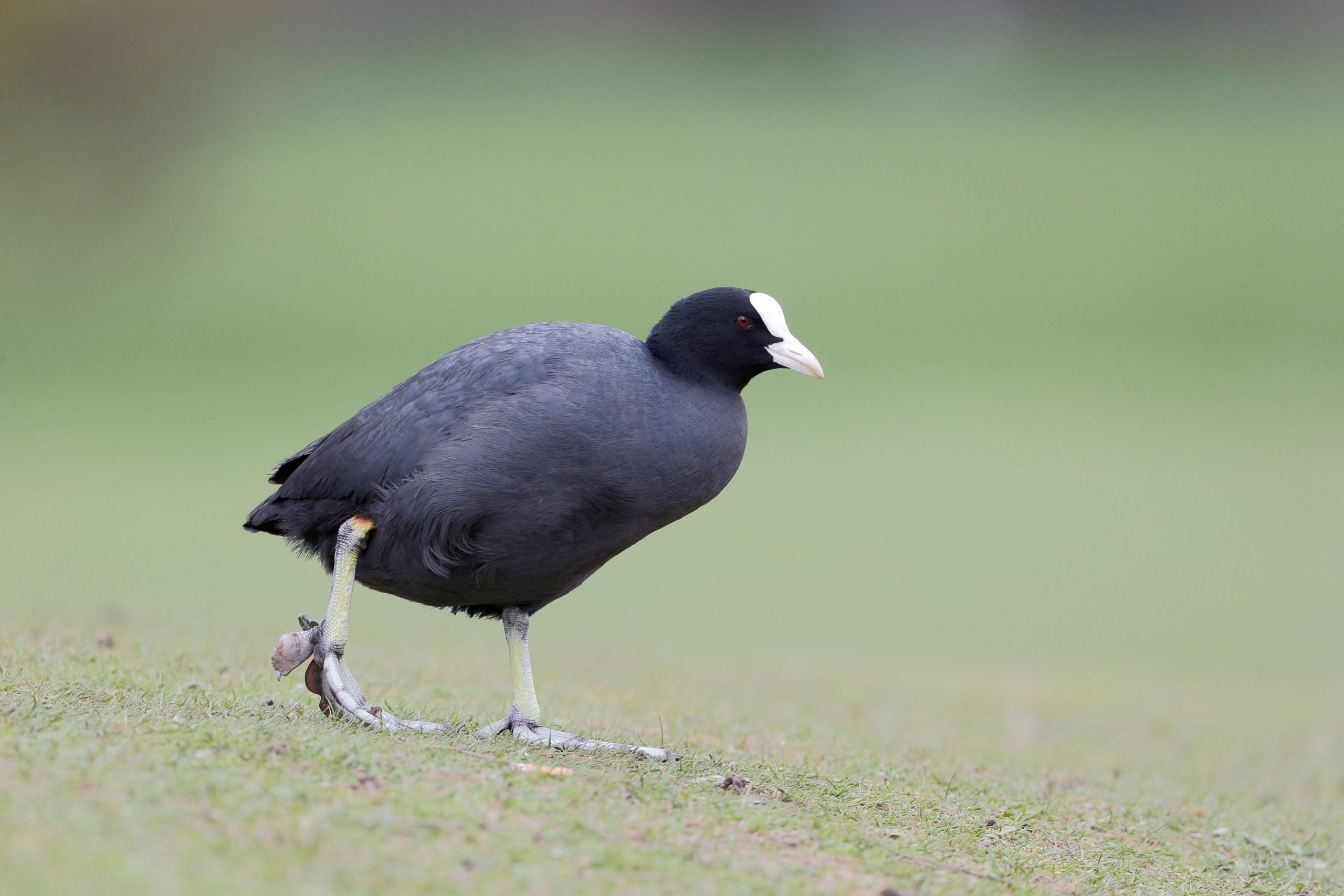
- An estimated 15,000 pairs of Eurasian cuckoos breed across Britain each year. The great spotted cuckoo is an uncommon and coveted sighting and the yellow-billed cuckoo is an even rarer vagrant
- Cuckoo behaviour is often moralised in literature. Shakespeare wrote in King Lear that ‘The hedge-sparrow [dunnock] fed the cuckoo so long, that it had it head bit off by it young’ and Ted Hughes warns that the first call of spring ‘sets the diary trembling’
- The more sinister aspects of brood parasitisation are explored in John Wyndham’s 1957 novel The Midwich Cuckoos, in which all the women in one village become pregnant by alien forces. A new adaptation starring Keeley Hawes and Max Beesley airs on Sky Max later this year
- The English language is packed with avian references, including ‘up with the lark’, ‘bald as a coot’ and, of course, ‘cuckoo in the nest’
- The cuckoo isn’t the only bird named after its call: other examples include the chough and the chiffchaff
Country Life is unlike any other magazine: the only glossy weekly on the newsstand and the only magazine that has been guest-edited by HRH The King not once, but twice. It is a celebration of modern rural life and all its diverse joys and pleasures — that was first published in Queen Victoria's Diamond Jubilee year. Our eclectic mixture of witty and informative content — from the most up-to-date property news and commentary and a coveted glimpse inside some of the UK's best houses and gardens, to gardening, the arts and interior design, written by experts in their field — still cannot be found in print or online, anywhere else.
-
 Some of the finest landscapes in the North of England with a 12-bedroom home attached
Some of the finest landscapes in the North of England with a 12-bedroom home attachedUpper House in Derbyshire shows why the Kinder landscape was worth fighting for.
By James Fisher
-
 John Sutcliffe — The man, the myth and the paint-naming legend behind Dead Salmon and Elephant's Breath
John Sutcliffe — The man, the myth and the paint-naming legend behind Dead Salmon and Elephant's BreathBy Carla Passino